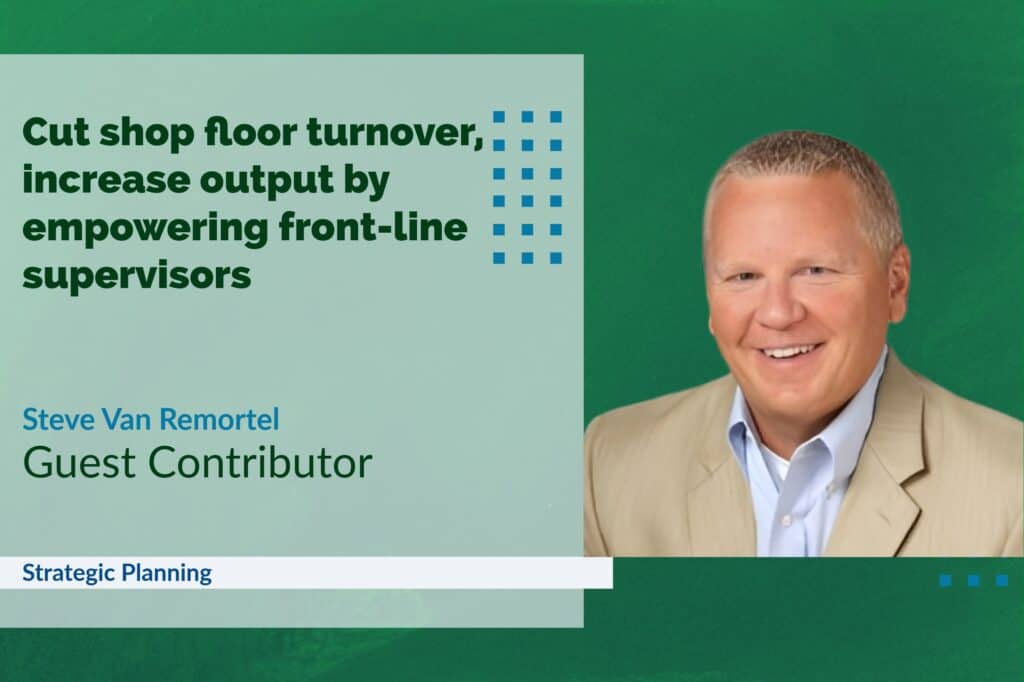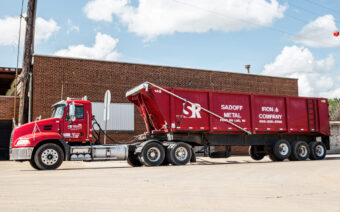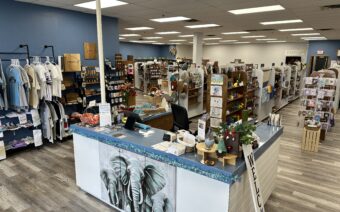
October 20, 2025
As a former leader of a manufacturing company, I saw firsthand how the greatest limiting factor to growth wasn’t our strategy or customer demand – it was people.
We had a clearly differentiated strategy that was driving sales, yet our growth kept stalling because of shop floor turnover, unfilled positions and widening skill gaps.
Like many leadership teams, we had unintentionally overlooked the very people who made our business run: our shop floor team members.
These were the individuals who built our products, delivered our services and ensured our customers were happy.
But while we invested heavily in strategy, financial systems and leadership development for management, we spent very little time equipping supervisors to invest in and care for the front-line workforce.
That realization changed everything.
We set out to reverse the cycle by building a system that equipped every leader, manager and supervisor to care for and develop their people.
Once we put consistent, structured one-on-one development meetings in place and trained supervisors to use them effectively, the results were dramatic: turnover dropped by more than 50%, we filled our open positions and our production team became one of the strongest assets of the business.
In just four and a half years, our company grew from $5 million to $30 million in revenue.
According to the U.S. Bureau of Labor Statistics, the average rate of manufacturing employee turnover is a shocking and costly 39.9%.
If you want to reduce turnover and increase output and your bottom line, it starts by equipping your people leaders – especially those on the shop floor.
Why front-line conversations matter
Manufacturing has always been about people as much as machines.
Yet the reality on the shop floor is that supervisors often come up through the trades or technical ranks without much leadership training.
They know how to run equipment and manage schedules, but not necessarily how to build trust, give feedback, coach or develop careers.
Meanwhile, many employees on the floor only receive formal feedback once a year during performance reviews.
That leaves them wondering:
- Am I doing well?
- Does my leader care about me?
- Am I a valuable member of the team?
- Do I have a future here?
In that kind of environment, it’s easy to see why turnover rises.
Regular one-on-one development meetings provide the solution.
These intentional conversations create a structured space for supervisors and employees to connect.
The focus is not on what projects they are working on, it is about them – what they want to accomplish and where they want to get better.
Done well, they build trust, improve communication and show employees their professional and personal growth matters.
Employees are more engaged when they know their supervisor sees them as more than a pair of hands on a machine.
How behavioral insights improve connection
Of course, not all conversations are simple.
People process information differently, and what motivates one employee might frustrate another.
That’s where behavioral science tools, like the Dominance, Influence, Steadiness and Conscientiousness (DISC) assessment, become invaluable.
DISC helps both supervisors and employees understand their natural communication styles – whether they tend to be more decisive, outgoing, steady or analytical.
A supervisor who recognizes these differences can adapt their approach, giving concise direction to one employee, while offering more encouragement and context to another.
Using science leads to what we call honest, open and transparent (HOT) conversations.
It enables you to have conversations you would not be able to have without this very accurate scientific data.
This doesn’t just improve the quality of one-on-ones – it can reduce day-to-day misunderstandings on the floor.
Behavioral science enables you to have HOT conversations in your one-on-one meetings that lead to breakthroughs in their work and life.
When we know the “how” (DISC) and “why” (motivators) of each team member, we communicate and work more effectively together.
Teams learn to appreciate differences instead of clashing over them, which leads to smoother collaboration and fewer conflicts that slow down production.
Turning one-on-ones into a development journey
One of the reasons supervisors shy away from one-on-ones is uncertainty.
Without a structure, the meetings can feel awkward or unproductive.
That’s why providing a roadmap matters.
Supervisors can use these meetings to walk through DISC insights, exploring strengths and blind spots together.
As trust builds, the conversations move into defining personal and professional goals, clarifying key accountabilities and documenting development plans.
This structure ensures the meetings aren’t just casual check-ins but a true journey of development.
Issues that may lead to turnover can potentially be resolved in one-on-one meetings.
When rolled out consistently across the shop floor, these conversations become the foundation for a more stable, engaged and skilled workforce.
Using technology to support supervisors
Though the philosophy of one-on-ones is simple, the logistics can overwhelm supervisors who are already juggling production targets, safety requirements and shift schedules.
That’s where technology plays a crucial role.
Digital tools now make it possible to embed development into the daily rhythm of shop floor leadership.
For example, software platforms can:
- Provide supervisors with step-by-step agendas for each one-on-one, so they never have to wonder what to cover.
- Use AI to automatically record notes, goals, and action plans so the supervisors can focus on their conversation versus taking notes.
- Generate reminders, so meetings don’t get forgotten or pushed aside during busy production weeks.
- Create dashboards that show completion rates and progress, giving managers visibility across departments.
- Have their development plan, performance plan, talent plan, one-on-one meeting and behavioral science assessments for every employee all in one place.
For front-line leaders, these tools reduce the administrative burden and free them to focus on the conversation itself.
In manufacturing, where margins are tight and turnover is costly, the ability to run simple, repeatable one-on-ones supported by technology can help ensure consistency and accountability, making sure that the investment in development isn’t just a one-time training but an ongoing part of day-to-day shopfloor leadership.
From program to culture
The true power of equipping supervisors with these tools and skills is that it moves development from a program to a culture.
When every front-line leader is meeting regularly with their people, the workforce begins to feel the difference.
Employees see that their leaders care about them, not just as workers but as people with potential.
As Theodore Roosevelt said: “People don’t care how much you know until they know how much you care.”
The impact ripples outward.
Engagement rises.
Communication improves.
Teams collaborate more effectively.
Output increases because experienced workers stay, skill gaps close and the line runs more smoothly.
Over time, the culture of the shop floor changes.
Turnover slows, productivity climbs, teamwork thrives and the company can scale growth without hitting the wall of constant hiring and retraining.
The smart thing and the right thing to do
At the end of the day, equipping supervisors to invest in their people is both a human and a business requirement to succeed in today’s world.
Employees gain clarity, confidence and a sense of belonging.
Companies gain a more stable workforce, higher productivity and faster growth.
I’ve lived the difference.
In our manufacturing company, the moment we stopped treating front-line development as optional and started equipping every leader to care for their people, everything changed.
The business took off, but more importantly, our employees built careers instead of simply holding jobs.
That’s the opportunity waiting for every manufacturer.
By training and equipping shop floor supervisors to lead intentional one-on-one development meetings – supported by the right tools – you can cut turnover, increase output and unlock the growth of your people and your business.
 Empty Barrel Distillery: Crafting history in every sip
Empty Barrel Distillery: Crafting history in every sip Savor a piece of history at The Pearl Ice Cream Parlor & Confectionery
Savor a piece of history at The Pearl Ice Cream Parlor & Confectionery






